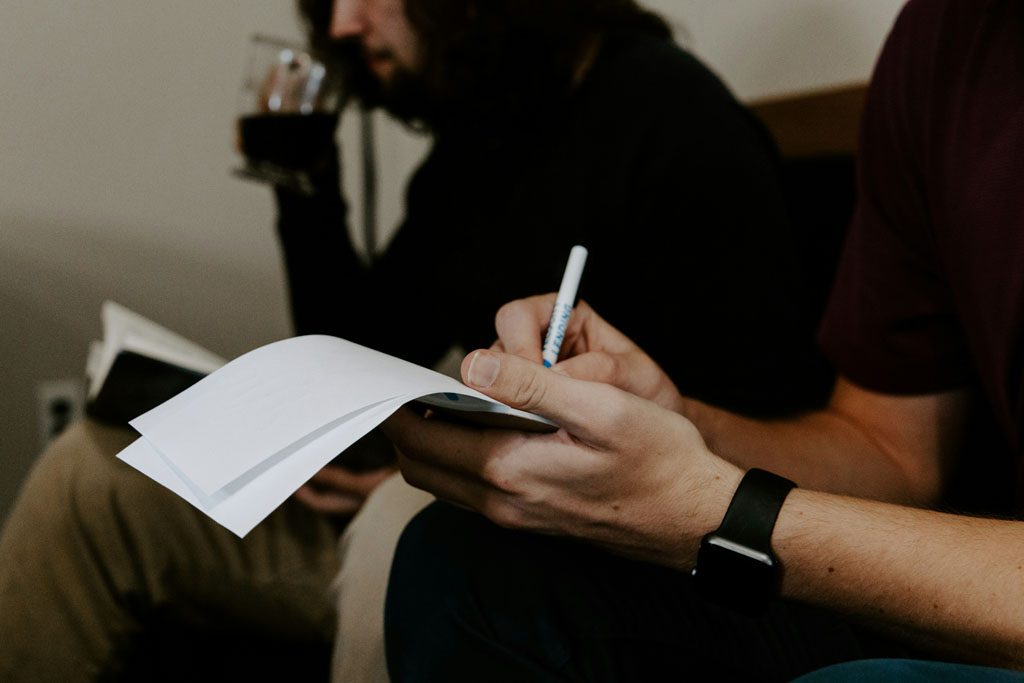BACKSTAGE
28 Jul 2025
Prior Preparation and Planning Prevents Piss Poor Performance

Subscribe to CX E-News
The title of this piece allegedly comes from the British military. It has now been appropriated for multiple other scenarios. In the CX world of productions and installs, it is an essential mantra.
Pulling off a successful project like a concert, festival or AV installation requires plenty of good planning. You have to take into account a whole bunch of known knowns, like playing lineup, set times, tech riders, band riders for gigs, and construction schedules, pre-cabling, consultant specs for installs. Then, you need to allow for the potential of another heap of known unknowns, such as punter numbers, weather on outdoor events, configuration changes for shows, or delayed precursor trades, shifted goal posts, and software bugs on the average building site. And that’s all without the inevitable unknown unknowns – those circumstances, beyond your control, that you have to deal with anyway. It is always worth having at least 10% in both timelines and budgets for ‘stuff that happens’.
It is easy to get complacent though. Why are you bothering with all those phone calls, paperwork and pre-packing when you’ve done it all before and know in your gut that you stand a pretty good chance of turning up with all your regular kit and just winging it to another successful gig? Mainly to appear both professional and predictable. But also to be prepared for any likely eventuality. When something does go awry and you fix it quickly without skipping a beat … well, the legend of Keitel’s The Wolf is reinforced.
All clients, whether corporate suits with narrowly defined expectations or wild-eyed artist promoters, all expect that you will be able to deliver whatever services that you have promised. They don’t care how you get to that point. And when it’s written in contract, you are even more liable to ensure certain levels of supply and performance.

Gig Planning Tricks
Having enough spares in the rig for any equipment failure is a no brainer. Getting the quantities of said spares right is the trick. There’s no point lugging a full duplicate rig ‘just in case’, unless you are on a mission critical live broadcast that can budget for such a redundancy. You are getting paid to supply a full backup inventory, right? Otherwise, just chuck in the regular spares of leads, DIs, batteries and gaffa tape.
If a widget goes pear shaped 10 minutes before the main act is due onstage, you better have a replacement unit nearby. If not, you’ll have to bypass said sad unit (and all that it adds to the gig) quick smart. You’ll also have to explain to management why the Huge-o-tron-3000 didn’t work on the night. Around this time, there will likely be discussion about dollars and discounts. Not usually in your favour either…
Install Gotchas
The more relaxed timeline of installs means you can occasionally afford to leave a few things in the shed as you are heading to site. If it is a multi-day or longer installation, there is always adding it to the list for tomorrow.
If you are on a remote site with a limited access window, you are better off treating it like a gig and preparing accordingly. Assume that everything that can go wrong will and have a fallback ready to enact. Another few minutes at the factory are better than many hours wasted getting back from site. On these jobs, a few spare units never hurt.
A well set-up work vehicle should already have all required tools charged, cleaned and serviced. Organiser boxes with a good range of connectors and other consumables are a must. Spare cable rolls, conduit, cable trays and other ephemera are always handy.
Installations require a clearly defined set of deliverables, critical dependencies and mutually agreed timelines. The bigger the project, the more zeroes on the end of the budget and the more detailed the planning and upfront paperwork. Detailed GANTT or Pert charts, Kanban boards or the like are powerful but require much precursory input to be effective.
The potential for scope creep is a particular trap with residential installations. Successfully managing this comes down to successfully managing your client. Good luck with the entitled nouveau riche ones. Plan for this tricky delay to happen more often than not with this demographic.
Shows are relatively easy to re-adjust on the fly. If an act is delayed in transit, a quick rejig of the running order is annoying for stage crew but not a major deal breaker. When performers get sick, it is not uncommon for a crew member or member of another band on the bill to step in at the last minute to cover. Artistic success may vary here but the show goes on.

Planning for the unplanned
It is almost certain that there will be some detail or occurrence that is unexpected. Sometimes it is an inconsequential blunder like ‘oops, wrong cue’ and can be laughed off with a wry smile. Other times, a big scary disruption can arise seemingly out of nowhere, threatening to bring the whole enterprise crashing down without your immediate input.
This is exactly where contingency planning kicks in. You did plan for the known unknowns didn’t you? If you have gone through the risk assessment process in granular detail, you should have a backup ready to kick in on short notice for most potential incidents. Don’t panic, identify the issue, enact the plan and trust in the benefits of your foresight.
Once in a while, it is even greater than that. Catastrophic stage failures have been all over the news for a few years. Thankfully, this has led to far better engineering and procedures on outdoor stages worldwide. Unfortunately, the odd show still cuts corners, falls over and we all get tarnished by its unsafe reputation. From the frying pan to the Fyre we go.
None of this is new or news. It has all been covered before. Tiredness, laziness or lack of budget can all lead to shortcuts. Experience would dictate that everything that can go wrong will eventually do just that … for those who fail to plan.
Subscribe
Published monthly since 1991, our famous AV industry magazine is free for download or pay for print. Subscribers also receive CX News, our free weekly email with the latest industry news and jobs.
Recent posts






